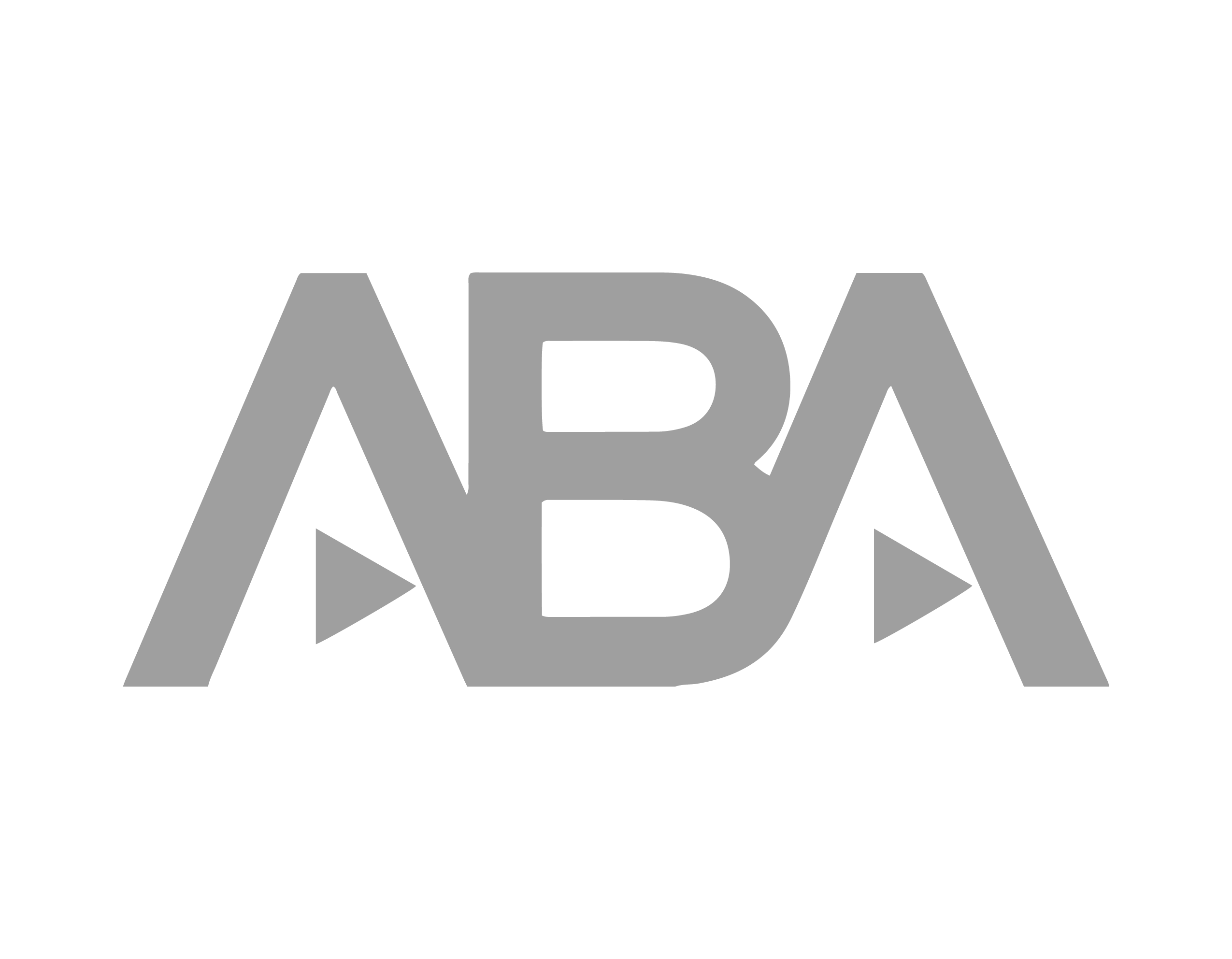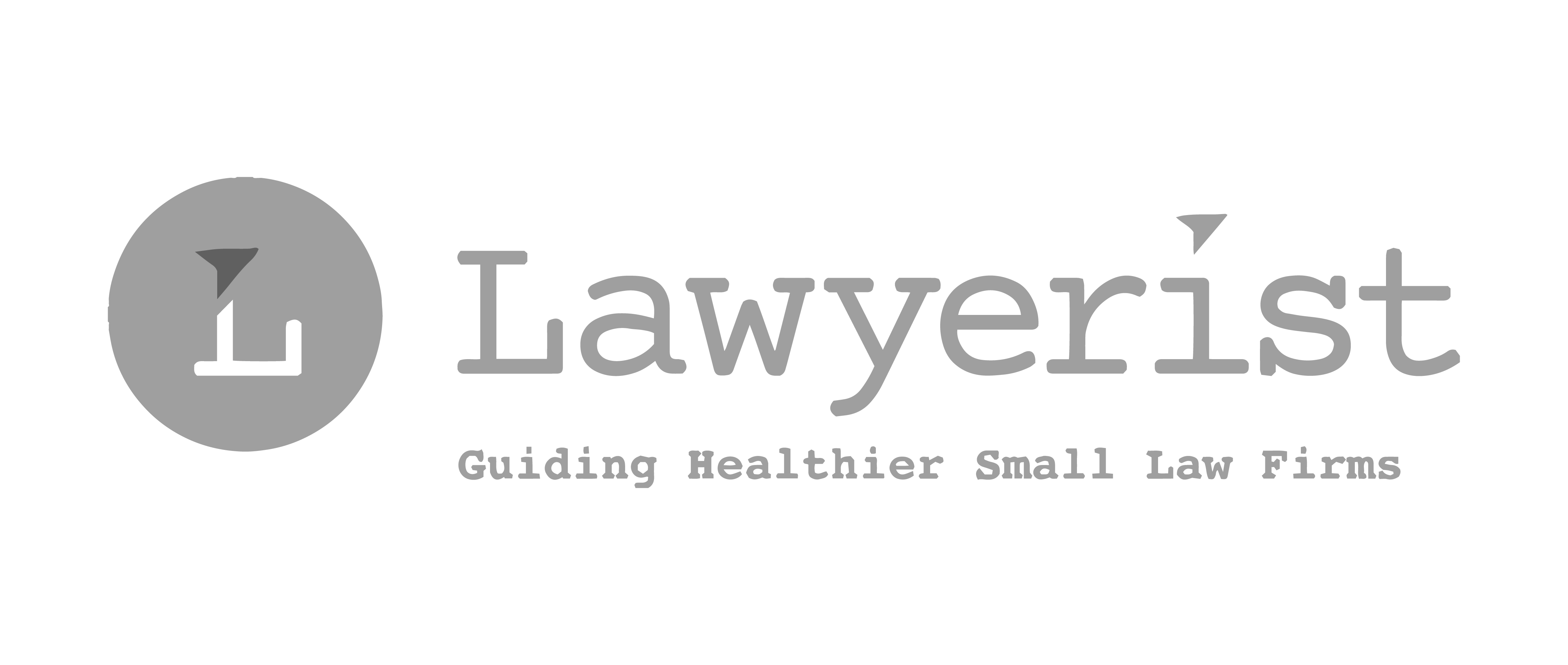Legal Billing Rule #9: Capture Time With Easy, Modern Tools
The following post is an excerpt from our free e-book, Ridiculously Remarkable Legal Billing. Better billing practices improve your law firm and your life. Here’s the ninth one from the book.
Get in the habit of capturing time as close as possible to when it’s being expended, which is easy to accomplish with 21st Century tools.
In the summer, my Dad likes to sit on a chair in his garage and do Sudoku puzzles. When I see his forehead cringe, his pencil in hand, it conjures up the memory of seeing colleagues at my firm trying to fill out their timesheets.
When I was practicing law, one of the worst feelings was looking at my watch, realizing it was the end of a very long, hectic, pressure-filled day, and then looking down at a timesheet that was virtually blank.
Back then, I’d have a three-foot stack of Redweld® expandable
folders nearby – all representing different matters – and I knew that I’d worked on each one of them (in addition to taking phone calls on other matters), but I didn’t have a damn thing written down. As far as that timesheet knew, I had played golf all day.
I rationalized: I was so busy today doing “real” work; I just didn’t have time to track time. So, it was my turn to play Timesheet Sudoku, trying in vain to accurately re-create every detail of my day. Inevitably, I’d either forget exactly how long I did spend on something or I’d forget about stuff altogether.
I knew that the client would be charged based on my time, so I was super cautious about recording it, erring on the side of under-recording. That’s how a legitimate 11-hour day magically (and tragically) shrunk into a 6.5-hour timesheet. That said, sometimes I’d see partners in their offices on a Saturday morning trying to complete timesheets for the prior week. I have trouble remembering what I did an hour ago, let alone four days ago.
There’s no way around it: You must get in the habit of capturing time as close as possible to when it’s being expended.
The greater the distance between doing and recording, the less accurate the capture. The less accurate the capture, the less accurate the bill. So, capturing time when it’s being worked is key to ultimately getting a good bill out on time.
The good news is this: Unlike when I was practicing, there are plenty of tools today that enable you to capture time automatically. Applications are available that, for example, automatically send time to a pre-invoice directly from calendar events, to-do’s, phone messages, or document uploads.
The best way to ensure that your time is being kept accurately is to stop (or minimize) doing it all yourself. Today’s practice management applications do this for you.
RELATED POSTS:
Legal Billing Rule #6: Delaying Billing Is Like Giving Away Free Money
Legal Billing Rule #7: Avoid Communication Breakdown
Legal Billing Rule #8: Predicting Your Future Income
Share post:








